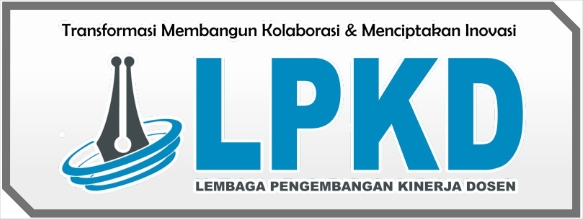CULINARY MAPPING IN SEMARANG CITY (CHINESE MENU)
DOI:
https://doi.org/10.55606/bijmt.v2i2.422Keywords:
Peranakan Chinese Culinary Menu; Culinary PreservationAbstract
The general objective of this study was to determine the culinary mapping of Peranakan Chinese menu in Semarang City, Central Java. The specific objectives of this research are to find out how to provide Peranakan Chinese menu culinary based on the number and types that exist in Semarang City. Furthermore, to find out how to serve the Peranakan Chinese menu culinary provision and to find out efforts to preserve the Peranakan Chinese menu as a culinary speciality of Semarang City. The technique of collecting primary data is very useful for collecting information needed for analysis and decision making.
Based on the results of the research, it is obtained that the provision of Peranakan Chinese menu culinary in the city of Semarang in several types of dishes and drinks still uses original recipes from ancestors, both cooking ingredients, spices and cooking techniques. The culinary presentation of the Peranakan Chinese menu in some culinary shows distinctiveness without leaving its authenticity even though there are several additional menu variants. Efforts to preserve the Peranakan Chinese menu as a culinary speciality of the city of Semarang have been made by culinary business people, families, communities and the Semarang City government.
References
Gumulya, D. (2017). The Blending of Chinese, Javanese, and Dutch Cultures in Peranakan Chinese Dining Culture. ANDHARUPA: Journal of Visual Communication Design & Multimedia, 3(02), 130-143. https://doi.org/10.33633/andharupa.v3i02.1353
Rochmawati, N., Nailah, N., & Oktariadi, I. (2013). Traceability of Semarang's Typical Food as an Asset Inventory and Promotion of Central Java Culinary Tourism. DIPOIPTEKS: Undip Student Scientific Journal, 1(1), 7-11. http://ejournal-s1.undip.ac.id/index.php/dipoipteks/article/view/5462
Sarwopeni, S. D., & Saraswati, U. (2021). Intangible Conservation: The Existence of Wingko Babat, Semarang's Typical Culinary Year. Journal of Indonesian History, 10(1), 77-85. https://journal.unnes.ac.id/sju/index.php/jih/article/view/47029/19707
Sienatra, R., Sulistyawati, A., & Kusumaningrum, N. K. V. (2020). Chinese-Indonesian Peranakan Culinary Innovation. Journey, 3(2), 21-32.
Soegihartono. (2015). The Influence of Chinese & Javanese Acculturation in Business Development in Semarang. Respons, 20(02), 187-211. http://ejournal.atmajaya.ac.id/index.php/response/article/view/548
Sugiyono. (2018). quantitative research methods (Setiyawami (ed.); 1st ed.). Alfabeta.
Susanti, I. E., & Purwaningsih, S. M. (2015). Semarang Spring Rolls during the New Order Period (Spring Rolls as Cultural Identity of Semarang Peranakan Chinese Ethnic). Avatara E-Journal of History Education, 3(3), 384-390. https://jurnalmahasiswa.unesa.ac.id/index.php/29/article/view/12661/11681
Wardana, B. R. (2017). Cultural Acculturation of Chinese Communities with Indigenous Communities in Karangturi Village, Lasem District, Rembang Regency. Journal of Social Science, 53(9), 1689-1699.















